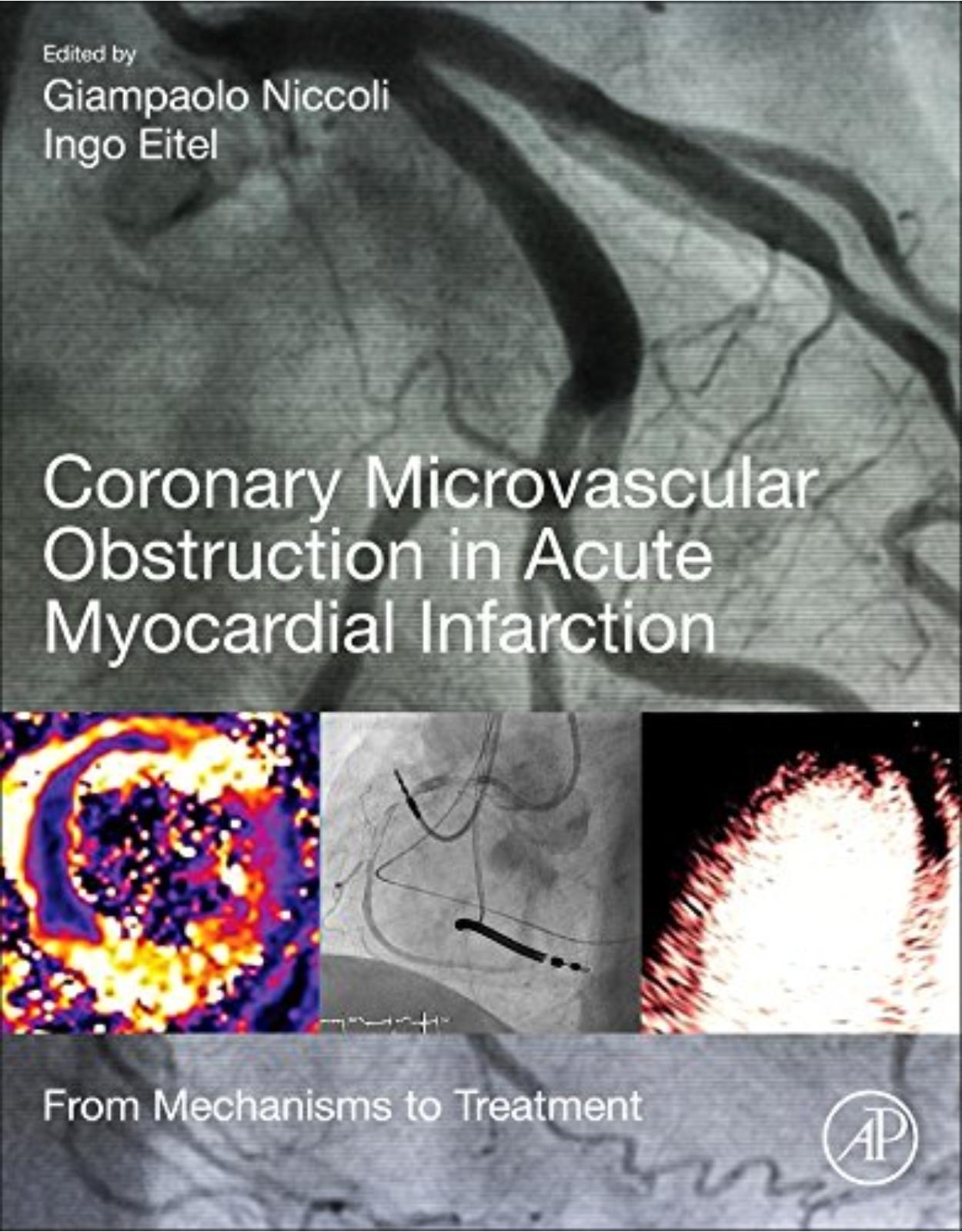
Coronary Microvascular Obstruction in Acute Myocardial Infarction: From Mechanisms to Treatment
Livrare gratis la comenzi peste 500 RON. Pentru celelalte comenzi livrarea este 20 RON.
Disponibilitate: La comanda in aproximativ 4 saptamani
Editura: Elsevier
Limba: Engleza
Nr. pagini: 400
Coperta: Paperback
Dimensiuni:
An aparitie: 10 July 2018
Description:
Coronary Microvascular Obstruction in Acute Myocardial Infarction: From Mechanisms to Treatment provides a comprehensive understanding of the phenomenon of coronary microvascular obstruction (CMVO) that is the main limitation of reperfusion therapies in ST-elevation myocardial infarction. It provides in-depth coverage of the phenomenon of CMVO which heavily affects prognosis by increasing the risk of death and heart failure at follow-up. A first of its kind reference dedicated solely to this topic, it is appropriate for a wide audience, from researchers, to those who aid in the management, prevention and treatment of CMVO.
Provides in-depth coverage of coronary microvascular obstruction (CMVO), spanning research, management, prevention and treatment
Includes the most up-to-date information on CMVO as presented from top experts around the word
Provides access to a companion website with extra material, including tables, additional references and instructional videos
Gives extensive coverage on how to measure CMVO, including in-depth indexes that can be used to detect and quantify the phenomenon
Table of Contents:
1 Pathogenesis of ST-Elevation Myocardial Infarction
Introduction
Development of Coronary Atherosclerosis and Plaque De-Stabilization
Endothelium and Vascular Function
Progression of Vascular Damage: Smooth Muscle Cells and Extracellular Matrix
Complication by Inflammation: Innate and Acquired Immunity
High-Risk Plaques and Atherothrombosis
Characteristics of Acute Intracoronary Thrombosis
Platelets in Coronary Thrombosis
Activation of the Coagulation Cascade
Platelet Released Microvesicles
Characteristics of Myocardial Ischemia and Cardiomyocyte Necrosis
Biochemical Markers for Detecting Myocardial Necrosis
Tissue Infarction and Myocardial Damage
References
Further Reading
2 Reperfusion Therapy in ST-Elevation Myocardial Infarction
Fibrinolytic Therapy in ST-Segment-Elevation Myocardial Infarction
“Rescue” and Early Percutaneous Coronary Intervention in ST-Segment-Elevation Myocardial Infarct
“Primary” Percutaneous Coronary Intervention in ST-Segment-Elevation Myocardial Infarction
Primary Percutaneous Coronary Intervention Versus Thrombolysis
Primary Percutaneous Coronary Intervention With or Without “Stenting” for the Treatment of ST-Se
Early Thrombolysis With Delayed Percutaneous Coronary Intervention: The “Pharmaco-Invasive” Stra
Multivessel Coronary Artery Disease in ST-Segment-Elevation Myocardial Infarction
Cardiogenic Shock and Resuscitated Cardiac Arrest
Adjunctive Interventions and Pharmacotherapy to Improve Outcomes in ST-Segment-Elevation Myocardial
Dual Antiplatelet Therapy
Glycoprotein IIb/IIIa Platelet Receptor Inhibitors
Manual Thrombus Aspiration
Radial Versus Femoral Arterial Primary Percutaneous Coronary Intervention Access
New-Generation Drug-Eluting Stents
Future Advances to Optimize Clinical Outcomes in ST-Segment-Elevation Myocardial Infarction
References
3 Epidemiology of Coronary Microvascular Obstruction
Introduction
Incidence of Coronary Microvascular Obstruction in Patients Treated With Primary Percutaneous Corona
Angiographic Indexes
Cardiac Magnetic Resonance
Myocardial Contrast Echocardiography
Electrocardiographic ST-Resolution
Incidence of Coronary Microvascular Obstruction in Patients Treated With Thrombolysis
Incidence of Coronary Microvascular Obstruction in Patients Treated With Rescue Primary Percutaneous
Incidence of Coronary Microvascular Obstruction in Specific Subset of Patients
Diabetes
Women
Chronic Kidney Disease
Saphenous Vein Graft
Latecomers
Conclusions
References
4 Individual Predisposition to Coronary Microvascular Obstruction
Introduction
Coronary Microvascular Physiology
Risk Factors for Coronary Microvascular Disease
Contributions of Coronary Microvascular Function to Subsequent Microvascular Obstruction
Prevention Strategies to Improve Microvascular Function
Lifestyle Modification–Diet and Exercise
Nitrates
Angiotensin Converting Enzyme (ACE) Inhibitors
Beta-Blockers
Calcium Channel Antagonists
Statins
Ranolazine
Phosphodiesterase Inhibition
L-Arginine
Conclusions
References
5 Coronary Microembolization and Microvascular Dysfunction
Highlights
Morphology
Pathophysiology
Coronary Microembolization in Cardiac Imaging
Coronary Microembolization Versus Cardioprotection
In Vitro Characterization of Coronary Aspirate From Patients Undergoing PCI
Coronary Microembolization Versus Coronary Microvascular Dysfunction—A Perspective
References
6 Role of Ischemia–Reperfusion Injury in Coronary MVO
Oxygen Free Radicals
Microvascular Dysfunction
Microvascular Compression
Neutrophil Plugging
Microthrombi Formation
Soluble Vasoconstrictors and Thrombogenic Factors
Postreperfusion Hemorrhage
References
7 Angiography and Electrocardiography (ECG) for the Assessment of Coronary Microvascular Obstruction
Coronary Angiography
Thrombolysis in Myocardial Infarction Flow Score
Thrombolysis in Myocardial Infarction (TIMI) Frame Count
Other Angiographic Parameters to Describe the Effectiveness of Myocardial Reperfusion
Myocardial Blush Grades
TIMI Myocardial Perfusion Grade
Electrocardiogram
ST Resolution Quantification
ST-Segment Elevation Resolution and Diagnosis of Microvascular Obstruction
Correlation of STR with Other Imaging Techniques of MVO
Postprocedural Residual Cumulative ST-Segment Deviation and ST Depression Resolution
Q Waves and QRS for Prediction of Poor Microvascular Reperfusion
References
8 Invasive Assessment of Coronary Microvascular Obstruction
Introduction
Invasive Techniques for Assessment of Microvascular Obstruction
Angiography-Based Techniques
TIMI Flow Grade
Corrected TIMI Frame Count
Myocardial Blush Grade and TIMI Myocardial Perfusion Grade
Quantitative Blush Evaluator
Intracoronary Doppler-Based Techniques
Diastolic Flow Deceleration and Systolic Flow Reversal
Coronary Flow Velocity Reserve
Hyperemic Microvascular Resistance
Zero-Flow Pressure
Wave Intensity Analysis
Thermodilution-Derived Techniques
Thermodilution-Derived Coronary Flow Reserve
Index of Microcirculatory Resistance
Absolute Coronary Blood Flow Assessment
Conclusion
References
9 Imaging Modalities for the Assessment of CMVO
Imaging Modalities for the Assessment of CMVO
Myocardial Scintigraphy and PET
Computed Tomography
Myocardial Contrast Echocardiography
CMR Imaging
Conclusions
References
10 Intracoronary Imaging for Assessing the Risk of Coronary Microvascular Obstruction
Introduction
Intravascular Ultrasound
Optical Coherence Tomography
Other Imaging Modalities
Conclusions
References
11 A Comprehensive Prognostic Assessment of ST-Elevation Myocardial Infarction by Cardiac MRI
Introduction
Myocardial Function
Left Ventricular Ejection Fraction
Other Parameters of Left Myocardial Function
Right Myocardial Function
Infarct Size
Microvascular Injury
Microvascular Obstruction
Intramyocardial Hemorrhage
Myocardial Salvage
Remote Myocardium
References
12 Prognosis of Coronary Microvascular Obstruction
Introduction
ST-Segment Resolution
Coronary Angiography
Invasive Assessment
Cardiac Magnetic Resonance
References
13 Prevention of Coronary Microvascular Obstruction by Addressing the Individual Susceptibility
Introduction
Pre-Existent Microvascular Dysfunction
Major Cardiovascular Risk Factors
Hyperglycemia
Hypercolesterolemia
Arterial Hypertension
Smoking
Aging
Gender
Minor Cardiovascular Risk Factors
Inflammation
Hyperhomocystinemia
Renal Dysfunction
Genetic Factors
Ischemic Pre-Conditioning and Its Modulation
Therapies for the Improvement of Individual Susceptibility
Conclusions
References
14 Prevention of Coronary Microvascular Obstruction by Addressing Distal Embolization
Pathophysiology of Microvascular Obstruction and Distal Embolization
Thrombus Aspiration Catheters
Evidence for Manual Thrombus Aspiration
Thrombus Aspiration in Patients with High Thrombus Burden
Distal Embolic Protection Devices
Mesh Covered Stents
Direct Stenting
Deferred Stenting
Intra Coronary Thrombolysis
Potential for Therapy to Cause Harm
Conclusion
Acknowledgements
References
15A Prevention of Coronary Microvascular Obstruction by Addressing Ischemia Reperfusion Injury—Par
Introduction
Scientific Evidence
Antiplatelets
Glycoprotein IIb/IIIa Inhibitors
P2Y12 Receptor Antagonists
Statins
Vasodilators
Adenosine
Nitroprusside
Nicorandil
Calcium Channel Blockers
Natriuretic Peptides
Other Vasodilators
Summary of Evidence and Guideline Recommendations
Conclusions and Future Perspective
References
15B Prevention of Microvascular Obstruction by Addressing Ischemia Reperfusion Injury—Part B: Card
Pharmacological Therapies
Agents Targeting Mitochondrial Integrity
Cyclosporine A
Bendavia
Translocator Protein 18kDa Antagonist, TRO40303 (MITOCARE)
Protein Kinase C Inhibitors: Delcasertib, KAI-9803
Glucose Modulators
Glucose–Insulin–Potassium
Antidiabetic Drugs
Beta-Blockers
Metoprolol
Carvedilol and Nebivolol
Short Half-Life Beta-Blockers: Esmolol and Landiolol
Atrial Natriuretic Peptide
Inhaled Oxygen
N-Acetylcysteine
Erythropoietin
Mechanical Therapies
Ischemic Conditioning
Ischemic Pre-Conditioning
Ischemic Post-Conditioning
Remote Ischemic Conditioning
Hypothermia
Other Mechanical Therapies
References
16 Why Did All Treatments of Reperfusion Injury Failed in Humans?
Reperfusion Injury: A Brief Historical Overview
Experimental Demonstration of Protection Against Reperfusion Injury
First Clinical Evidence of Reperfusion Injury in Acute Myocardial Infarction Patients
Questioning the Clinical Benefit of Preventing Lethal Myocardial Reperfusion Injury
Measuring “Reperfusion Injury”: The Major Unresolved Issue
When Do Cells Die?
The Link Between Ischemia- and Reperfusion Injuries
General Context
Poorly Known Mechanisms and Naive Therapeutic Approach
What Models Do Not Tell
Experimental Models
Human Models
Cardiac Surgery As a Model
Infarct Size Reduction Studies in ST-Elevation Myocardial Infarction
Clinical Outcomes Studies
Effect Modifiers
Comorbidities
Co-Treatments
The Protective Intervention
How to Move Forward?
References
Further Reading
17 A Multi Target and Multi Timing Strategy for the Management of Coronary Microvascular Obstruction
Introduction
Treatment Strategies in Different Time Windows
Before the Catheterization Laboratory
In the Catheterization Laboratory
Thrombus Management
Vasodilators and Other Drugs
Deferred Stenting
Ischemic Postconditioning
After the Catheterization Laboratory
References
18 Temporal Evolution of Coronary Microvascular Obstruction
Introduction
Evolution of Coronary Microvascular Obstruction Early After Coronary Artery Recanalization
Evolution of Coronary Microvascular Obstruction in the First Days-Weeks After Myocardial Infarction
Evolution of Coronary Microvascular Obstruction Late After Myocardial Infarction
Functional and Prognostic Correlates of Temporal Evolution of Microvascular Obstruction
References
19 Long-Term Management After Coronary Microvascular Obstruction Complicating Reperfusion in ST-Elev
Management After the Catheterization Laboratory Within Hospital
Long-Term Management After Discharge
Identification of High-Risk Patients Beyond Low Ejection Fraction
Treatment for CMVO Beyond Risk Factor Modification, Guideline-Based Therapy Against Heart Failure, a
Intensified Antithrombotic Therapy
Vascular Endothelial Growth Factors
Stem Cells
Exosomes
Long-Term Remote Ischemic Conditioning
Conclusion
References
Index
Back Cover
| An aparitie | 10 July 2018 |
| Autor | Giampaolo Niccoli MD PhD , Ingo Eitel MD |
| Editura | Elsevier |
| Format | Paperback |
| ISBN | 9780128125281 |
| Limba | Engleza |
| Nr pag | 400 |
-
1,12300 lei 93000 lei

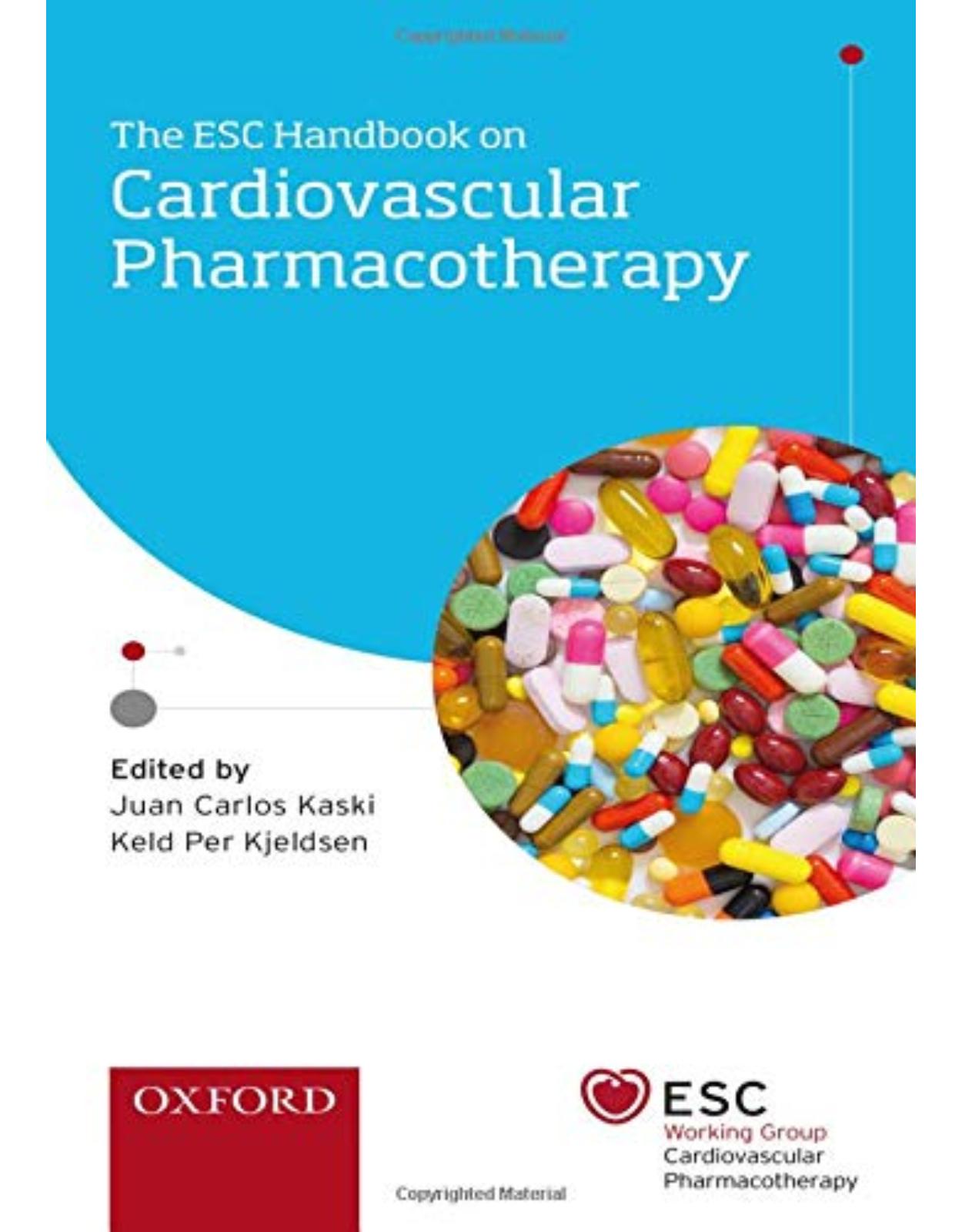
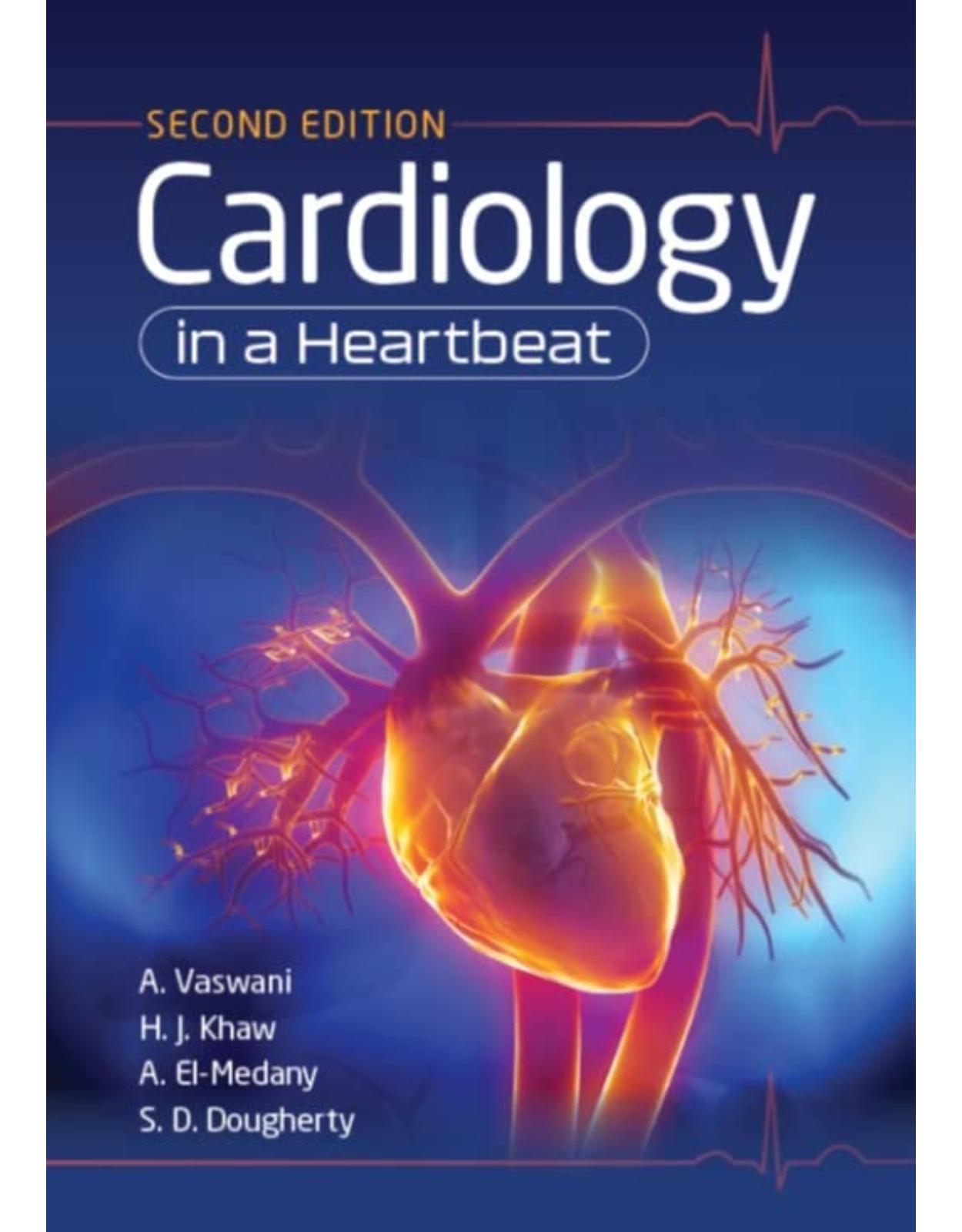
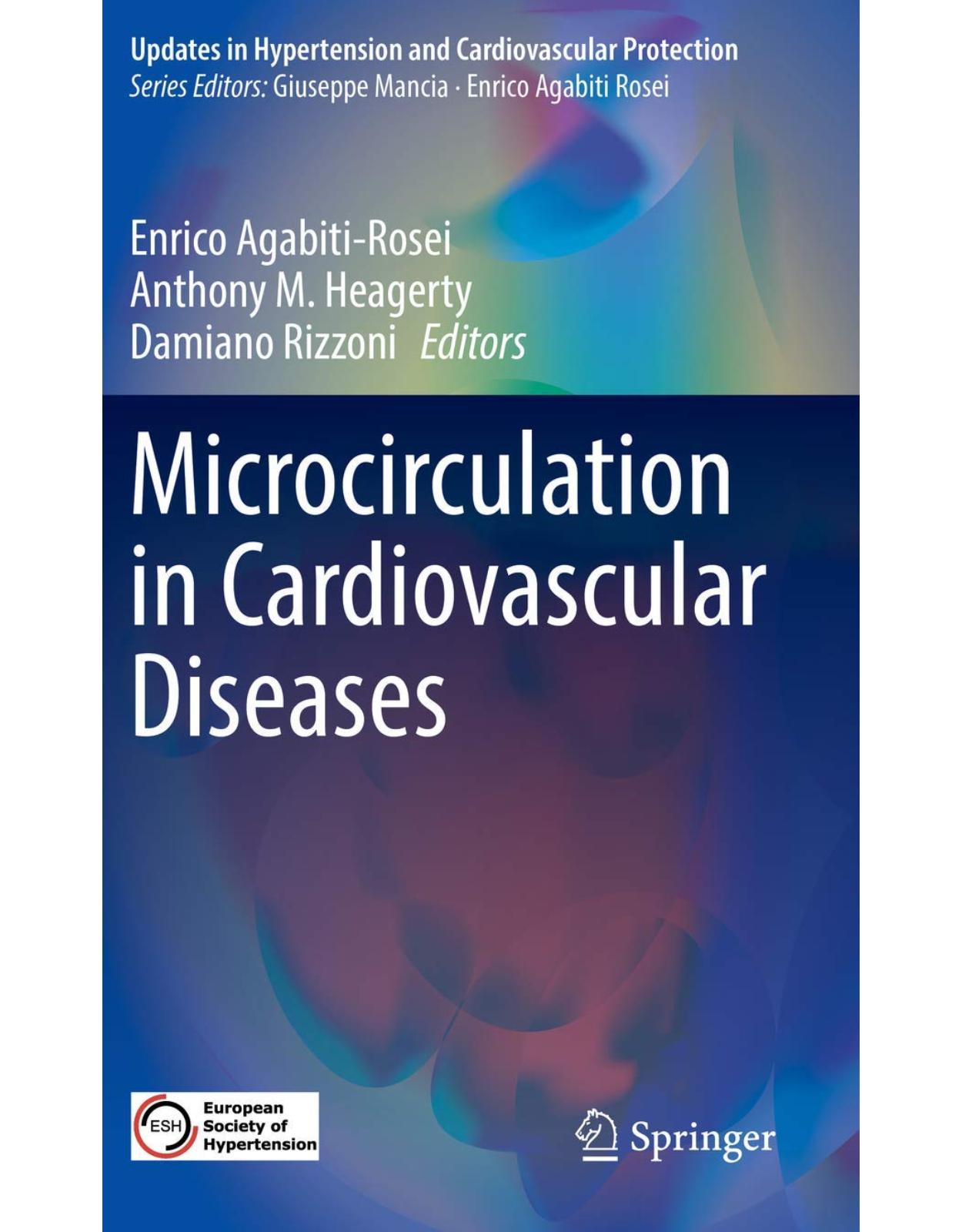
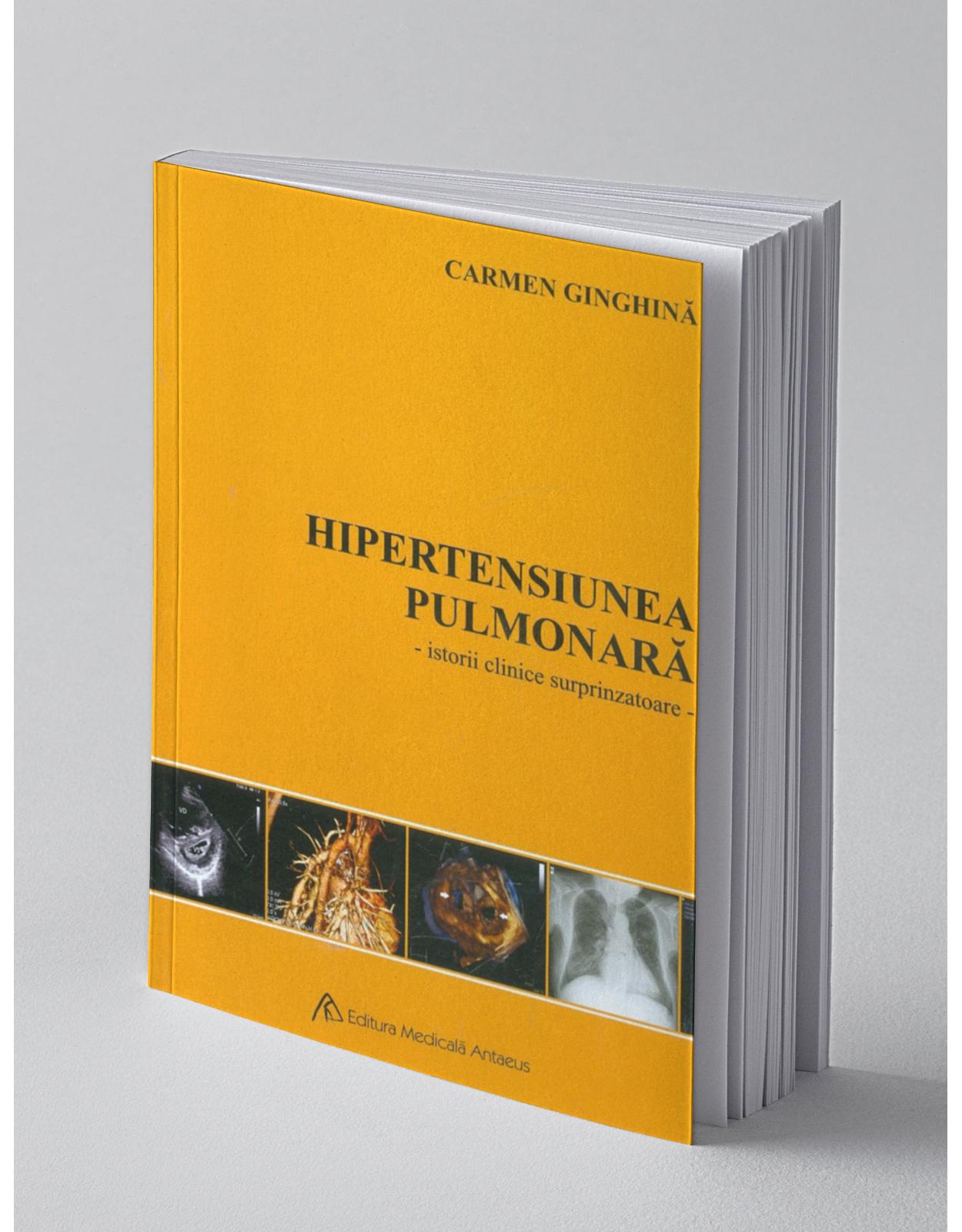
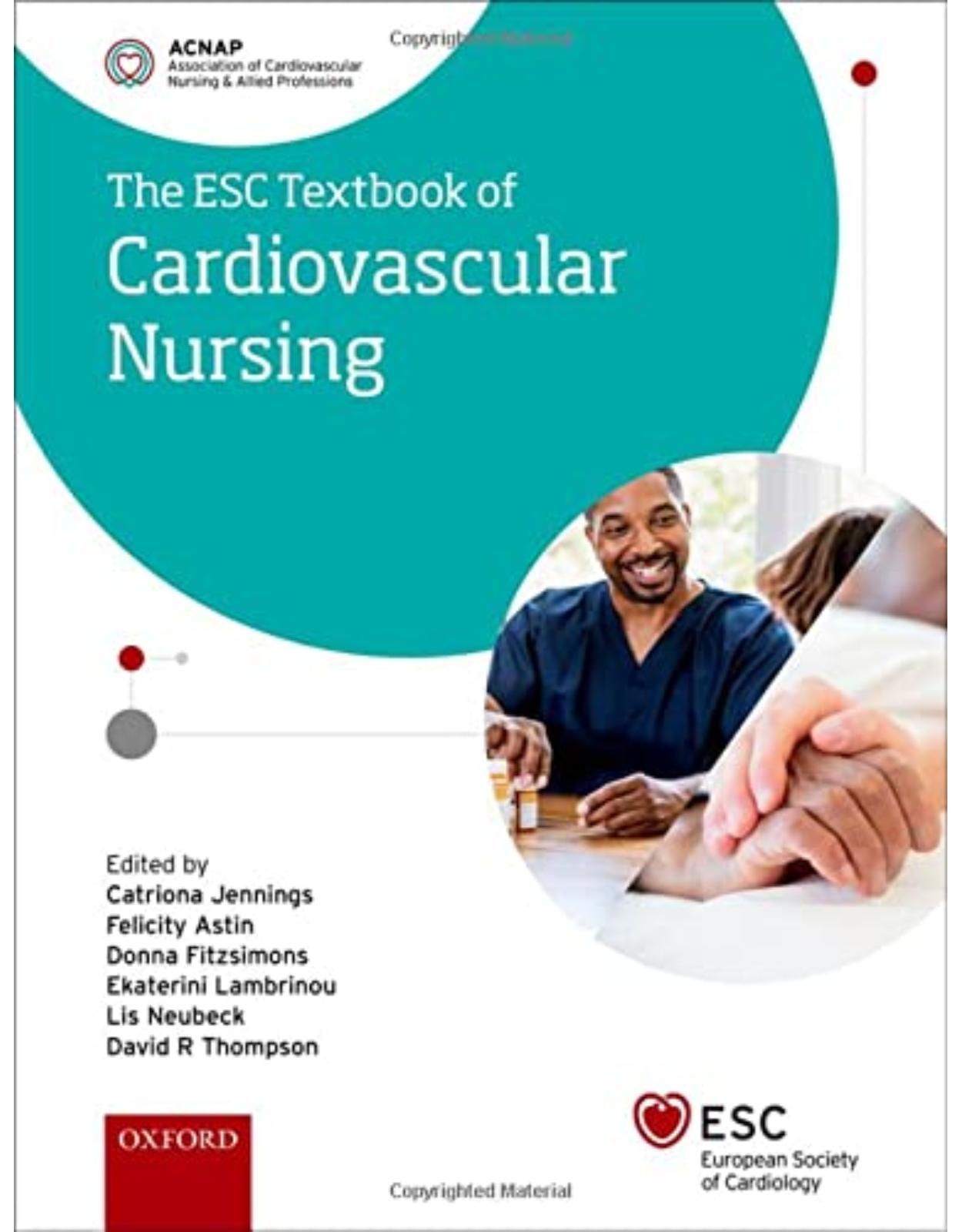
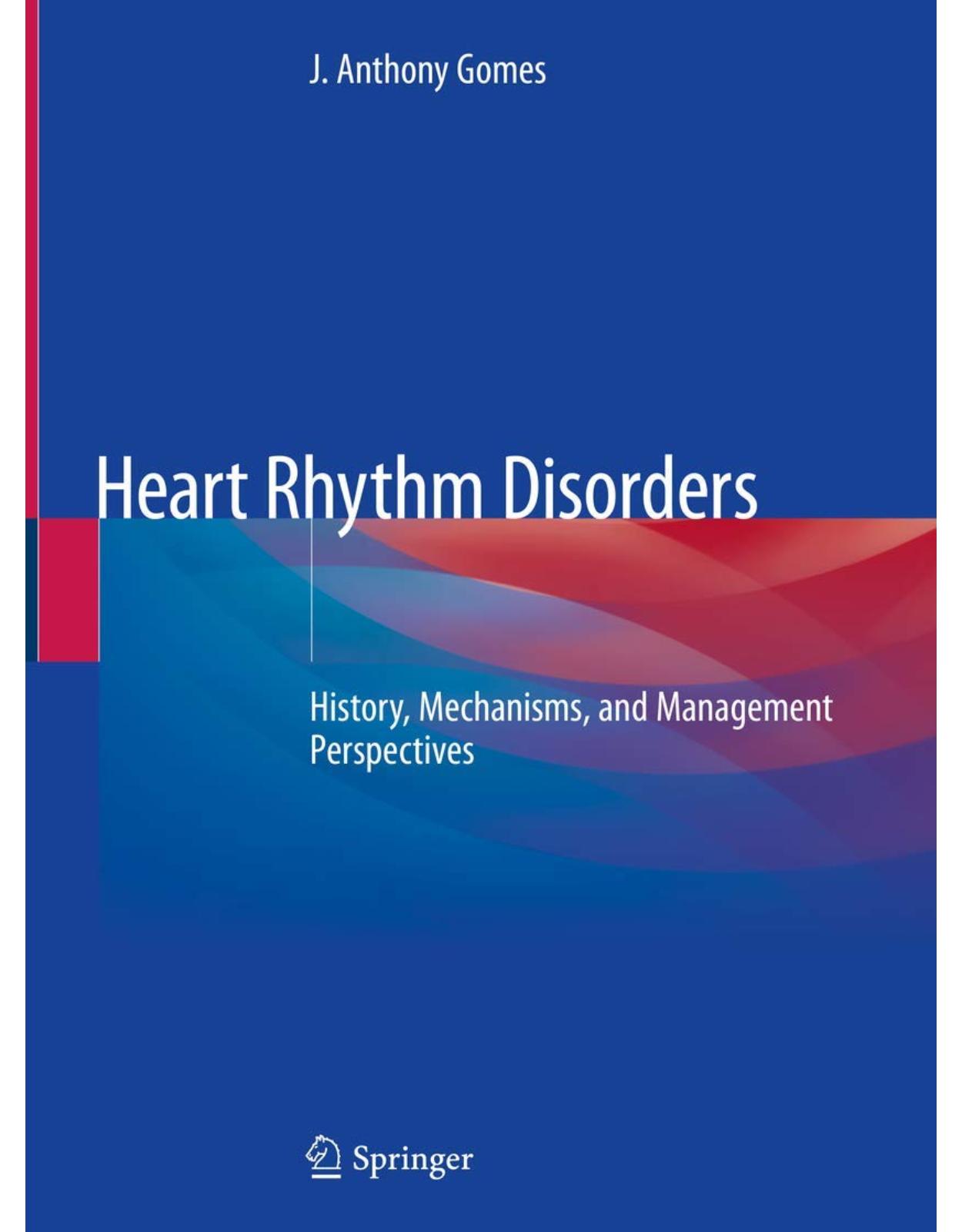
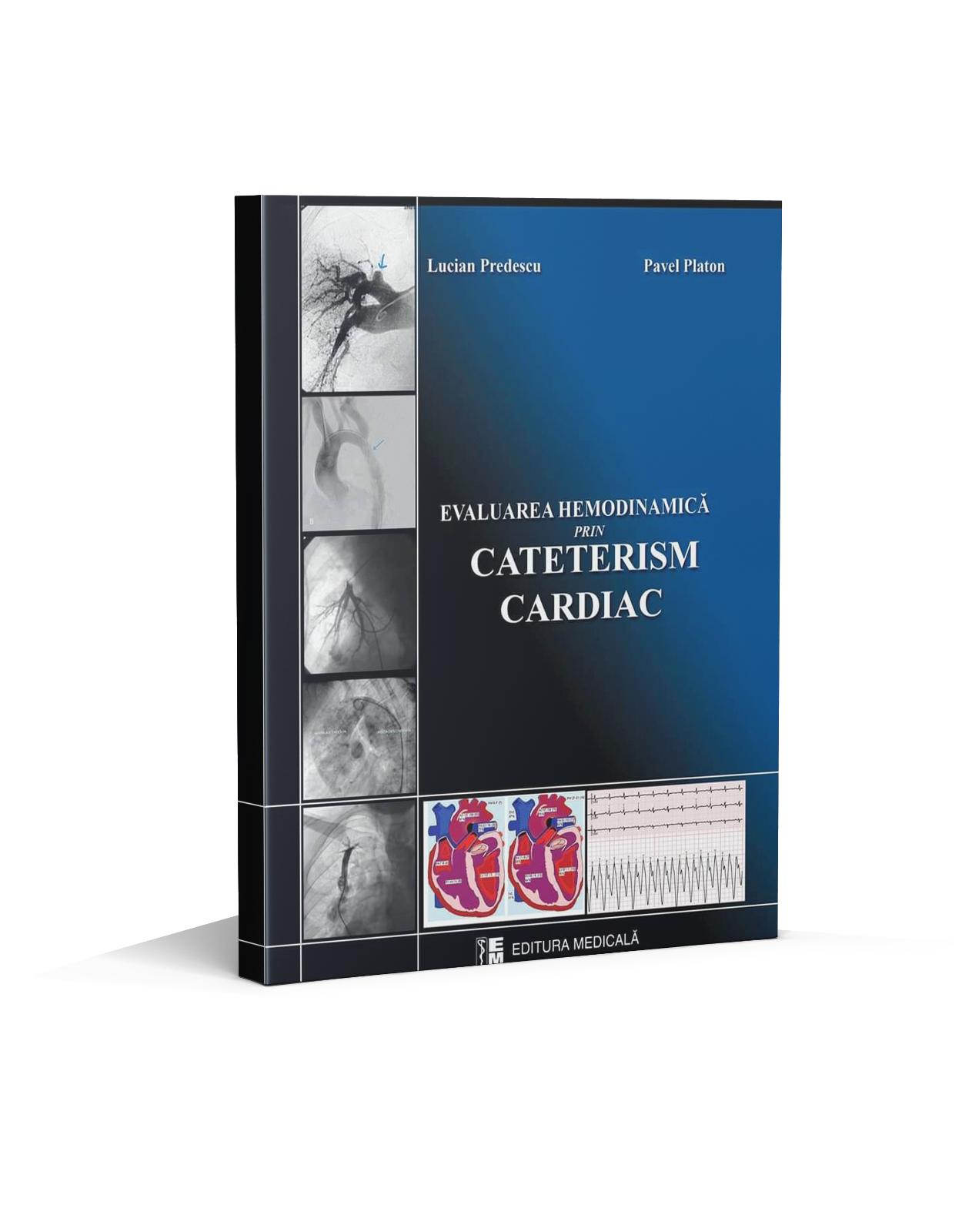
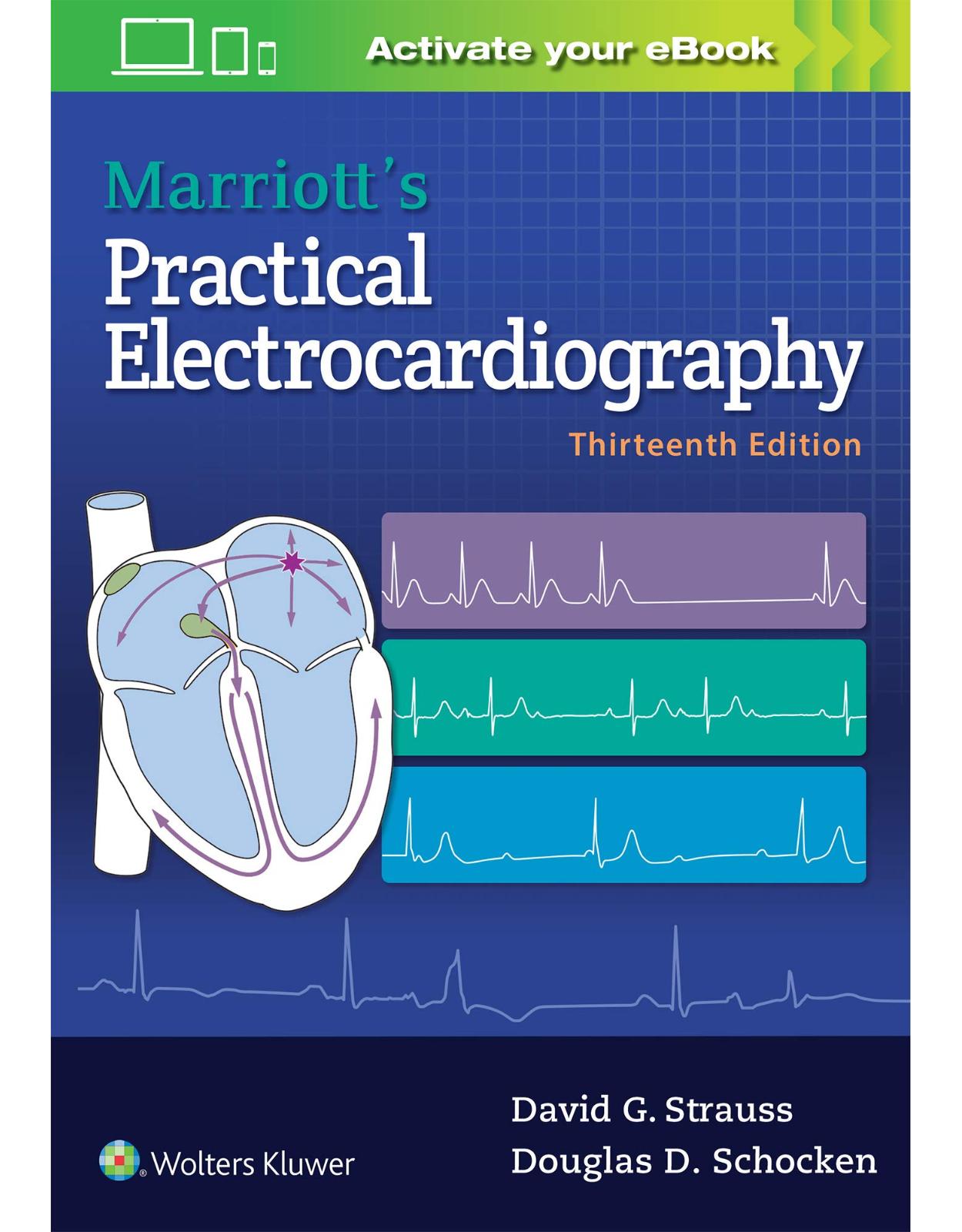
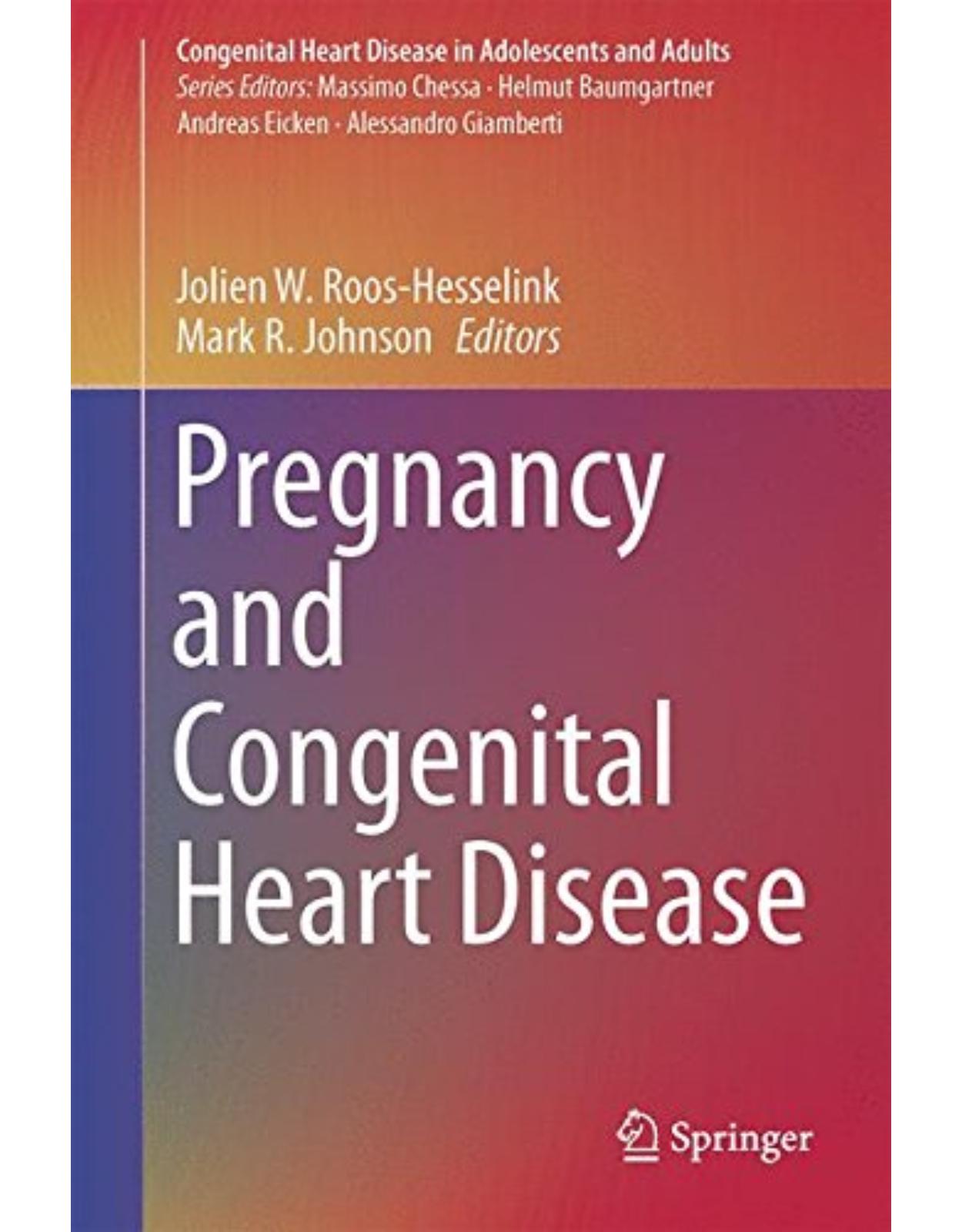
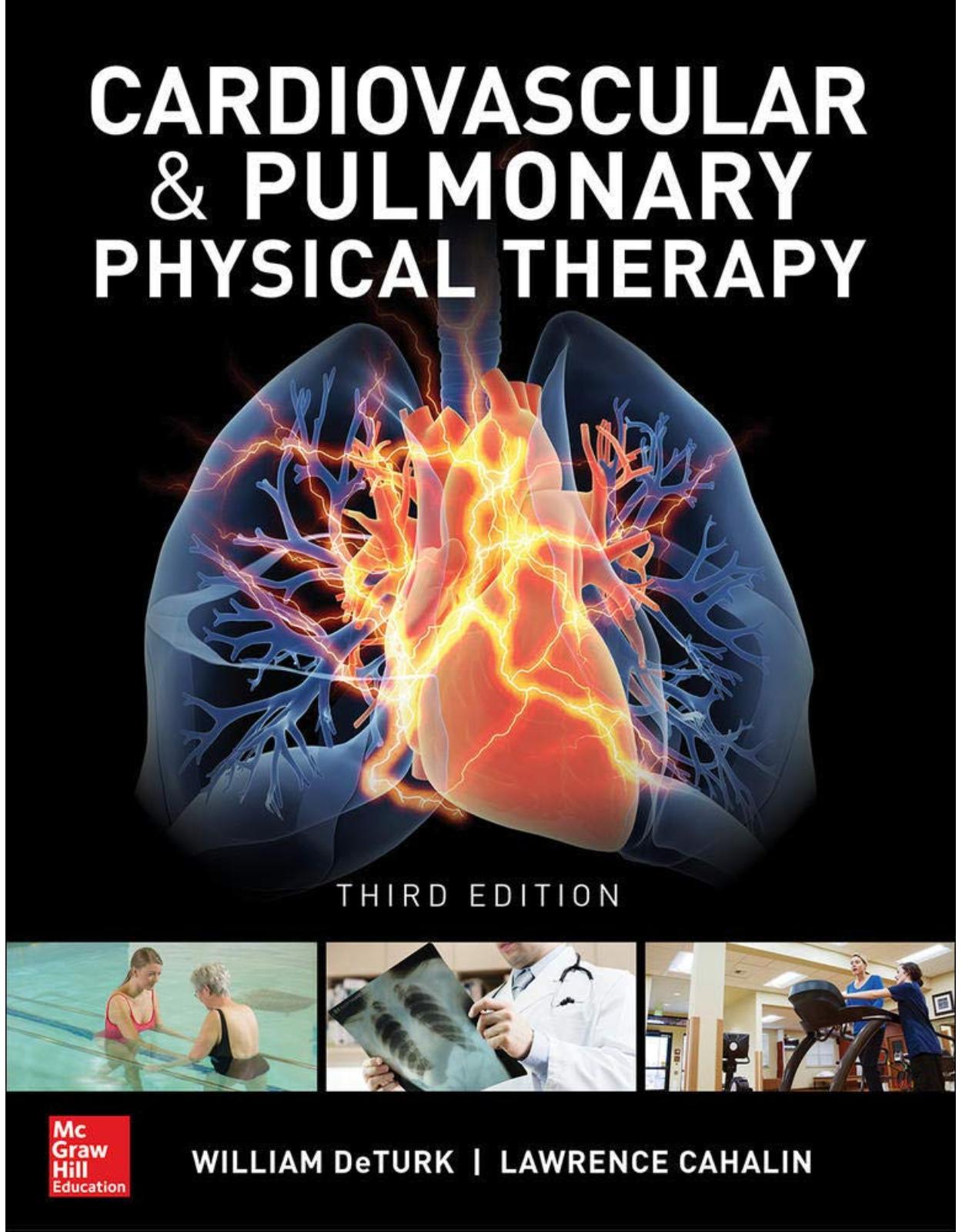
Clientii ebookshop.ro nu au adaugat inca opinii pentru acest produs. Fii primul care adauga o parere, folosind formularul de mai jos.